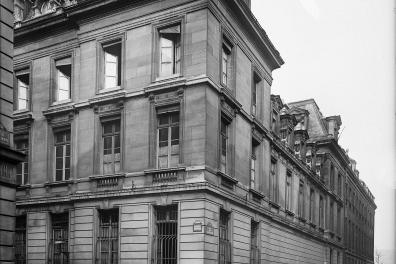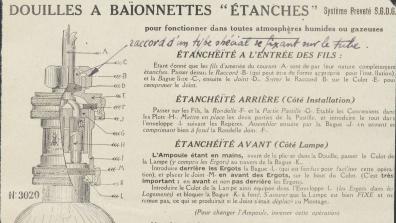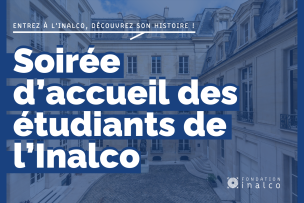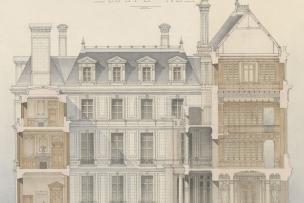Illuminating Langues O'

In 1927, the building's chief architect, Paul Barrias, asked to replace the gas lighting used to illuminate the façade of 2 rue de Lille with an electric one. In a letter, he explained that the gas ramp was out of order, as the steel tubes making it up were "eaten away by rust"¹. What's more, this antiquated system has already caused its share of accidents: several gas spouts have come loose, forcing the building's managers to extinguish the façade in an emergency.

The architect initially suggested replacing the banister with another, this time electric. Unfortunately, the operation was considered too costly, so it was finally decided to install two flexible garlands fitted with electric bulbs². This less dangerous system would also enable the school to make significant savings.

However, several officials are skeptical about the project, arguing that similar initiatives "would seriously damage, from an aesthetic point of view, the facade" of other Parisian buildings³. It seems, therefore, that this decorative electric garland project has been abandoned. Today, no image of either the ramp or the garland remains on the façade of 2 rue de Lille, the only traces of this project being the estimates and plans proposed by the various companies.
Article from the series of historical narratives Flâneries dans l'histoire de l'Inalco which each month highlights a singular episode in the institute's history.
References
¹ Letter from Paul Barrias dated November 30, 1927, Archives nationales de Pierrefitte, F/21/5972.
² Promotional leaflet for waterproof bayonet sockets, Archives nationales de Pierrefitte, F/21/5972.
³ Letter from the consulting engineer of the Fine Arts administration to the Minister of Public Instruction and Fine Arts dated January 16, 1929, Archives nationales de Pierrefitte, F/21/5972.


